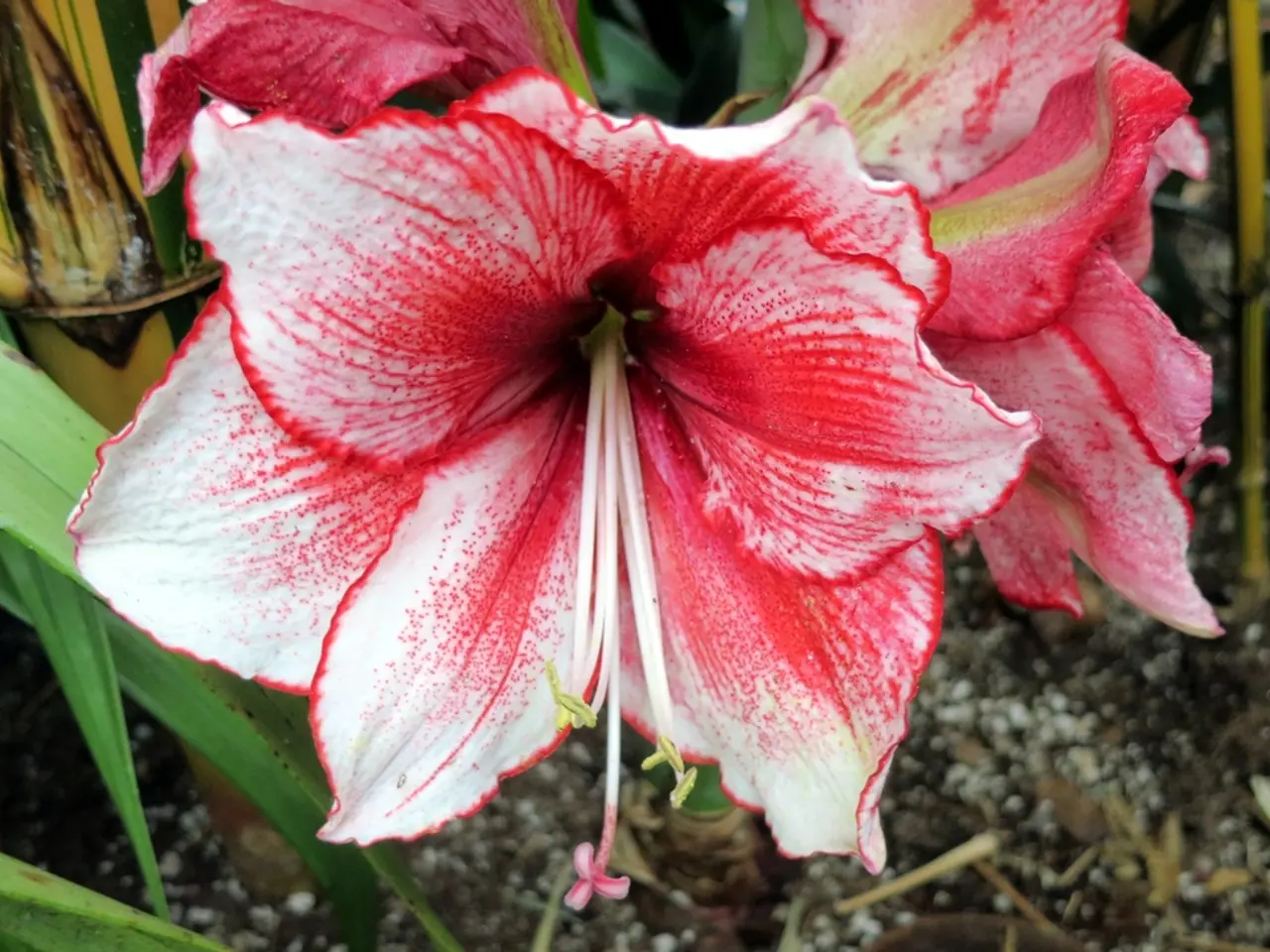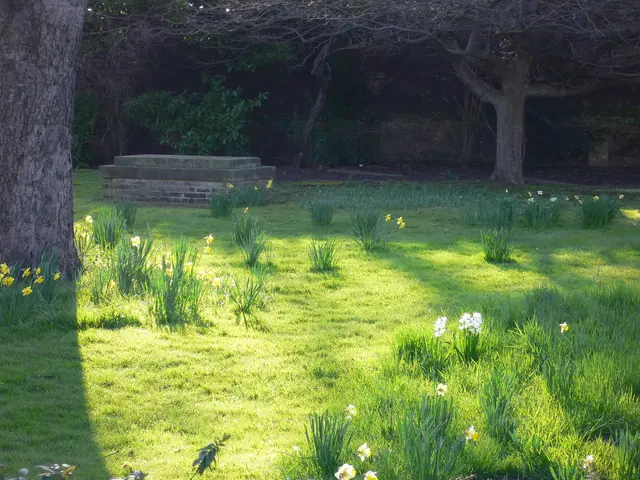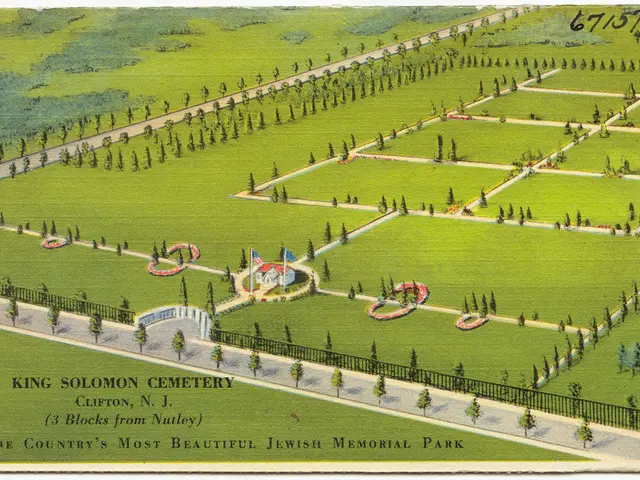Ideal Soil Compositions for Thriving Jasmine Plant Growth
The enchanting fragrance of jasmine plants has long been cherished by garden enthusiasts worldwide. To ensure these delightful blooms thrive, it's essential to understand their specific needs, particularly when it comes to watering, fertilizing, and soil preparation.
When it comes to watering, the requirements for jasmine plants grown in pots and those planted in the ground differ slightly. Potted jasmine plants, such as star jasmine and orange jasmine, need more frequent watering due to their limited soil volume. During summer months, star jasmine grown in pots should be watered every 3 to 4 days, ensuring the soil does not dry out completely but is well-drained to prevent root rot. Orange jasmine in containers requires daily checking of the soil moisture during extreme heat, watering deeply when the top two inches of soil feel dry, and avoiding standing water to prevent root rot.
Jasmine plants planted directly in the ground generally require less frequent watering due to greater soil moisture retention and natural rainfall. For star jasmine, watering is less necessary in winter except during unusually dry spells. In summer, watering twice a week is sufficient for species like *Jasminum multipartitum*, especially in hot climates. Orange jasmine needs about one inch of water per week, with less frequency than potted plants, and should never be overwatered or allowed to stand in waterlogged soil.
Fertilizing practices also vary depending on whether the jasmine is grown in pots or planted in the ground. Pot-grown jasmines benefit from monthly feeding during the growing season with a balanced, water-soluble fertilizer, such as a 10-10-10 formula designed for evergreen shrubs or flowering plants (depending on jasmine species). Organic options like compost or worm humus can also be used at the start of the growing season, especially in pots where nutrients deplete faster.
For jasmine in the ground, fertilizing once annually at the end of winter or early spring with organic compost, worm humus, or a quality universal fertilizer is generally sufficient. Some jasmine species like *Jasminum multipartitum* benefit from monthly applications of balanced fertilizer during spring and summer to support fast growth. It is important to add organic matter to the soil to improve growth and maintain nutrient availability.
A summary table outlines the key differences in watering, fertilizing, and soil preparation for jasmine plants grown in pots and those planted in the ground.
| Aspect | Jasmine in Pots | Jasmine in Ground | |---------------|--------------------------------------------------|----------------------------------------------| | Watering | Every 3-4 days in summer; check soil daily in heat| Twice a week in summer; less in winter; water if dry | | Fertilizing | Monthly with balanced, water-soluble fertilizer | Once annually (end winter/start spring) or monthly in growing season for some species | | Soil | Well-draining; organic matter added regularly | Well-draining; organic compost/worm humus incorporated |
Additional notes for jasmine care include the importance of avoiding overwatering, especially in pots, to prevent root rot. Pots should have drainage holes, and the soil should dry slightly between watering. Pruning after flowering helps maintain plant health and shape, especially for fast-growing varieties. Jasmine plants prefer full sun to part shade but avoid high humidity and waterlogging.
By following these guidelines, jasmine plants can thrive with the appropriate moisture and nutrients, whether in containers or the garden. Happy gardening!
A gardener seeking to cultivate star jasmine or orange jasmine in pots should understand that they have different watering requirements compared to those planted in the ground. Star jasmine in pots demands more frequent watering, every 3 to 4 days in the summer, while orange jasmine in containers requires daily moisture checks during extreme heat and should be watered deeply only when the top two inches of soil feel dry.
When considering the fertilizing needs of your jasmine plants, know that pot-grown jasmines benefit from monthly feeding during the growing season with a balanced, water-soluble fertilizer, while jasmine planted in the ground typically requires fertilizing only once annually at the end of winter or early spring, with some species like Jasminum multipartitum benefiting from monthly applications during spring and summer.








